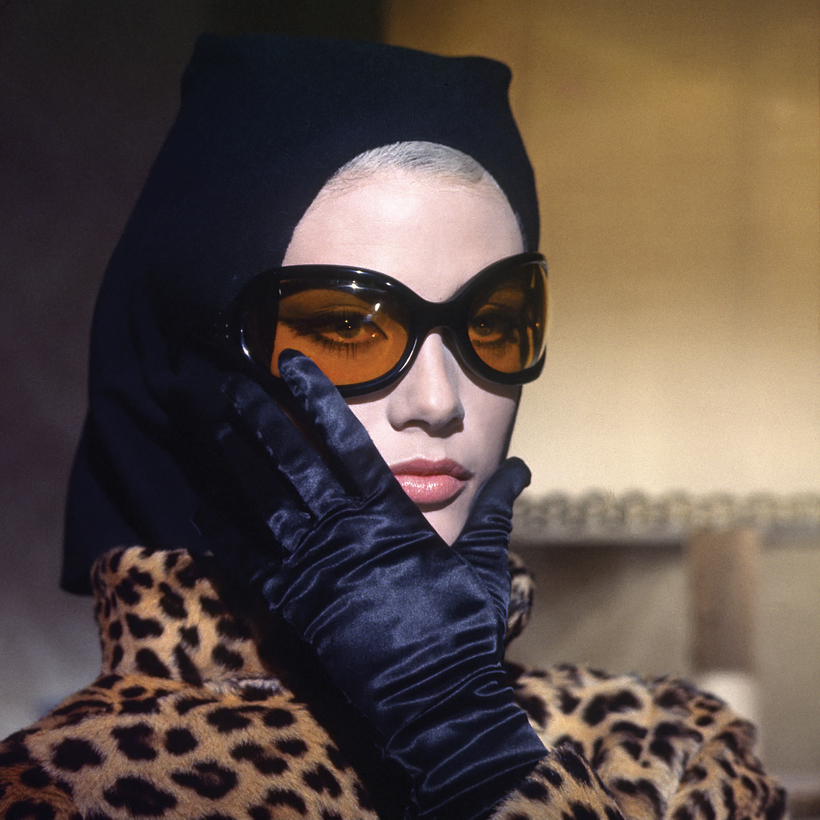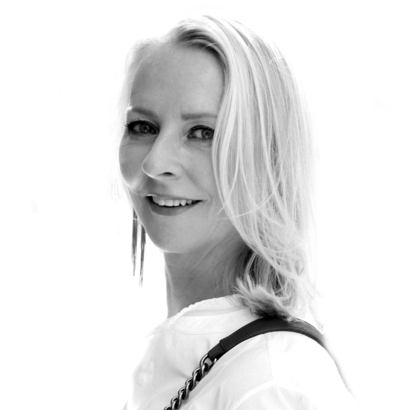A friend slipped into the pew next to me at a memorial service. We did the usual cheek kisses and you-look-amazings. But in this case, she really did. In a church whisper she told me she’d just gotten a facelift. “Best thing I’ve ever done. And so not a big deal.” Her jaw was impeccable; her neck, devoid of turkey and wobble. Then the organ started, and we pulled out tissues and proceeded to mourn the dead and our younger selves.
In her late 40s, this friend had her eyes lifted and realized, “I was an idiot” for putting off a facelift. When a 43-year-old decorator friend told me she was going under the knife, I thought she’d lost her mind. “I have weirdly lax skin,” she explained. Shortly after the swelling went down and we met for dinner, I saw for myself that she didn’t look crazy at all. Since then, I’ve been keeping mental notes—binders full of women—adding the 42-year-old British performer who had a rumored facelift and a confirmed baby pretty much back-to-back, the comedian whose face is endlessly dissected on TikTok, and the fashion designer who, even up close, looks like she’s about to celebrate her 35th birthday—again.
Is everyone getting a facelift without me?
Short answer: Yes. “Facelifts are back,” declared a report from the American Academy of Facial Plastic and Reconstructive Surgeons, with a 60 percent increase in 2023 over 2017. Participants not only look younger, they are younger. The 35-to-55 age group is the fastest-growing facelift sector. Dr. Catherine Chang, a board-certified plastic surgeon in Beverly Hills, says 60 to 70 percent of her facelift patients are in their 40s. “I love it,” she says. “The results look better, and I think they last longer.”
In a world where tweens are snapping up anti-aging serums at Sephora and 20-year-olds are subjecting their smooth, innocent foreheads to prophylactic Botox, the starter facelift may almost seem like the next logical step. Almost. “These young people are so used to looking at themselves and photos of themselves,” says Dr. Haideh Hirmand, a board-certified plastic surgeon in New York. “It’s changing how they’re aging…. When you talk to very young people, the difference is that they don’t allow that to even happen. They’re so afraid of aging.”
She tells me about a woman who came into her office recently. “She’s beautiful. She’s young—in her 40s. And she’s very preventative. And she said, ‘Will you do a ponytail facelift on me?’ I’m like, ‘No.’”
A ponytail facelift sounds like something Barbie would get, perhaps in a less enlightened sequel. It involves incisions behind the ears rather than in front of them, allowing the ponytail-lifted to wear her hair up without detectable scars. When Dr. Hirmand refused, her young patient said she’d simply go elsewhere. There’s always a surgeon willing to operate, even on a face that doesn’t show any signs of sagging.
Self-acceptance is supposed to be one of the upsides of getting older. “Please don’t retouch my wrinkles,” Anna Magnani once said. “It took me so long to earn them.” I love that, and I also want all the retouching just the same. (See author photo, above.)
For years, my lovely dermatologist, the late Dr. Fredric Brandt, along with his colleague, Dr. Robert Anolik, told me, as they took turns pumping my forehead with Botox and fortifying my lip line with Restylane, that I might never need a facelift. Maybe the eyes; we’ll see. As much as I don’t want to admit it, as much as I tinker with the Zoom settings and avoid mirrors whenever possible, things are quickly going south. I believe in aging gracefully, but I’d prefer to do it without jowls.
Dr. Rami K. Batniji, a board-certified facial plastic surgeon in Newport Beach and Beverly Hills, believes the 2015 death of Dr. Brandt, a pioneer in Botox and fillers, was a milestone in the treatment of the face. “He knew what fillers can do and what fillers can’t do,” Dr. Batniji says. “And ever since his passing, it seems like we’ve gone into this crazy world where if some filler is good, well, more filler must be better.”
And now that accumulated filler is distorting some faces, creating exaggerated lips and cheeks and elongated eyes. “The fox face,” as the friend at the memorial service calls it. “I don’t want that face.”
Little by little, drop by drop, “the face changes shape,” says Dr. Hirmand. “Maybe you don’t notice that your face is really changing until someone tells you.”
It’s an argument either to lay off the needles or consider the scalpel. And you can imagine on which side the plastic surgeons fall. Still, the best surgeons are careful not to jump in too quickly, not to do too much too soon.
I believe in aging gracefully, but I’d prefer to do it without jowls.
They sometimes find themselves talking patients out of surgery, especially those who arrive at the consultation requesting a particular procedure. And what many of them say they want is a deep-plane facelift, a technique that’s gained popularity on social media.
“It’s my least favorite thing to talk about,” says Dr. Hirmand. “It became a trendy marketing thing. So now it’s really hard to educate patients about what it is and who should have it or who should not have it. Nobody even knows who’s getting a deep plane and who’s not.” Dr. Hirmand, Dr. Chang, and Dr. Batniji all believe in the excellence of this procedure, as long as the surgeon is experienced in it, which they say they are. “Sometimes it invokes the feeling that it’s a really gnarly surgery, to use a Southern California term,” says Dr. Batniji.
“Gnarly” is an apt adjective for the early deep plane. “Picture you’re making an apple pie and the top layer of the dough is completely detached. It’s only connected at the nose and everything else is free-floating.” This is how Joan Kron describes what she saw in the operating room in 1996 when she observed Dr. Sam Hamra, the founding father of the deep plane. Kron, the author of Lift: Wanting, Fearing and Having a Face-Lift and my longtime colleague at Allure, believes most 40-year-olds wouldn’t consider that particular surgery today. “You couldn’t go to the grocery store for a month,” she says.
Now the procedure is less ghoulish and the recovery time is shorter. “Two weeks of social downtime,” says Dr. Batniji, citing swelling and bruising. “I’ve had people back on the red carpet in 12 days, which was insanely early,” says Dr. Chang. “I was like, ‘I don’t know if this is a good idea.’ But none of the press ever picked up on it.”
My friend at the memorial service wrapped a scarf around her head and did a brisk errand six days after her lift. Nine days after surgery, she went to a Christmas party.
This all sounds both unexpectedly enticing and frightening. I’m long past 40; maybe I missed the boat on this and Nvidia. Is it ever too late, Dr. Chang? “I did a patient who was 95,” she tells me, reassuringly. Kron had her first facelift at 63 and her third when she was 80. She’s making a documentary about Botox, and plans to live at least as long as her mother, who died just before her 106th birthday. At 96, Kron is aging about as gracefully as anyone I’ve ever met, but she doesn’t have any plans to get another lift. Never say never.
Linda Wells is the Editor at Air Mail Look

